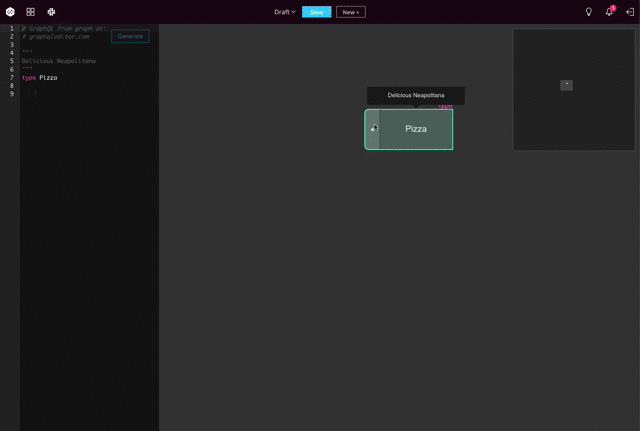Coronavirus and the lockdowns it forced has probably sped up the transition to working from home in many jobs by at least a decade. Workers who previously spend time sitting in cubicles or offices found out they could have just as well worked from home. Millions started looking for software that would help them do that.
Enter Zoom, a somewhat popular video-conferencing program made all the way back in 2011. It was already fairly popular before the pandemic, but this year it’s popularity has exploded. The daily average user numbers went from around 10 million in December to over 300 million in April.
The Good
Zoom became the go-to choice for many mainly because it’s really easy to use and free (well at least the basic version is) The usually highlighted advantages of Zoom are:
- simple and easy to use interface
- good audio and video quality
- smooth and easy to set up conference calls even for large groups up to 100 people
- compatibility with various systems: Windows, macOS, Linux, Android, and iOS
- ability to share slides and content
- scheduling conferences via a calendar that can be shared with others
- virtual backgrounds
Credits: undraw.co
Zoom also helped itself by making the program free to use for K-12 schools in the US since early March, just as the lockdowns were starting. It also received a lot of free publicity from famous users, even the UK government used it to host sessions.
The Bad
Well, it’s not all as rosy as it sounds. Zoom has been involved in some controversies that have become more and more apparent as it gained popularity. The main point of criticism has been lackluster security.
In 2019 Apple was forced to remove Zoom from Macs after it turned out a security flaw could let websites hijack users' cameras. Although the company quickly addressed this with fixes and a lengthy blog post, it wasn't a good look.
Zoom has no end-to-end encryption, despite some advertising materials claiming otherwise. It stores all the keys involved in user data encryption in its own cloud infrastructure. Which means it can access user data at will.
Zoom calls have random generated IDs consisting between 9 and 11 digits and these can apparently be brute-forced or even randomly guessed which means hackers can get into meetings.
Credits: undraw.co
The flaws were pretty notorious and led to a phenomenon called zoom bombing where pranksters would join meetings to broadcast inappropriate content. It got so bad the FBI had to officially warn schools.
The Ugly
Remember that thing about Zoom having access to user data? Well, it turns out that’s not an accident.
This month Zoom admitted to closing three meetings commemorating the Tiananmen Square crackdown and suspended the accounts of activists who organized them. This led to teachers voicing concerns about how they’re supposed to cover such topics in classes hosted on the platform.
In April the New York Times found out Zoom’s data mining feature was automatically sending user’s names and emails to LinkedIn allowing participants to access other users' profile data.
In March Motherboard found out Zoom’s iOS app was automatically sending device analytics to Facebook without informing the user and did it even if the user did not have a Facebook account. There was no mention of this in the privacy policy either.
Credits: undraw.co
So far this has led to a couple of lawsuits, an inquiry by the Federal Trade Commission and outright bans from some tech companies and the UK’s ministry of defense. Not good news for the company to put it mildly. Yet despite all that Zoom is still hugely popular and looks like it will stay that way despite its flaws. To be fair it's not like it’s main competitors like Microsoft Teams and Google Hangouts don't have any either, so pick your poison.
A guest blog post for GraphQL Editor blog by Michal Tyszkiewicz
Speed up your GraphQL API development
GraphQL Editor is a supportive tool for both advanced GraphQL users as well as those taking their first steps with GraphQL APIs. Our all-in-one development environment for GraphQL will help you build, manage & deploy your GraphQL API much faster. Try GraphQL Editor for free!







Top comments (0)